Few things are as unpleasant as finding sewage spilling over in your home due to a blocked sewer system. Keep calm and follow the right steps to manage the situation and keep damage to a minimum.
This guide covers dealing with sewer backup emergencies, focusing on health and safety. We’ll go over what to do first, how to clean up, disinfect, and prevent future problems. By following these tips, you’ll have your home back to normal safely.
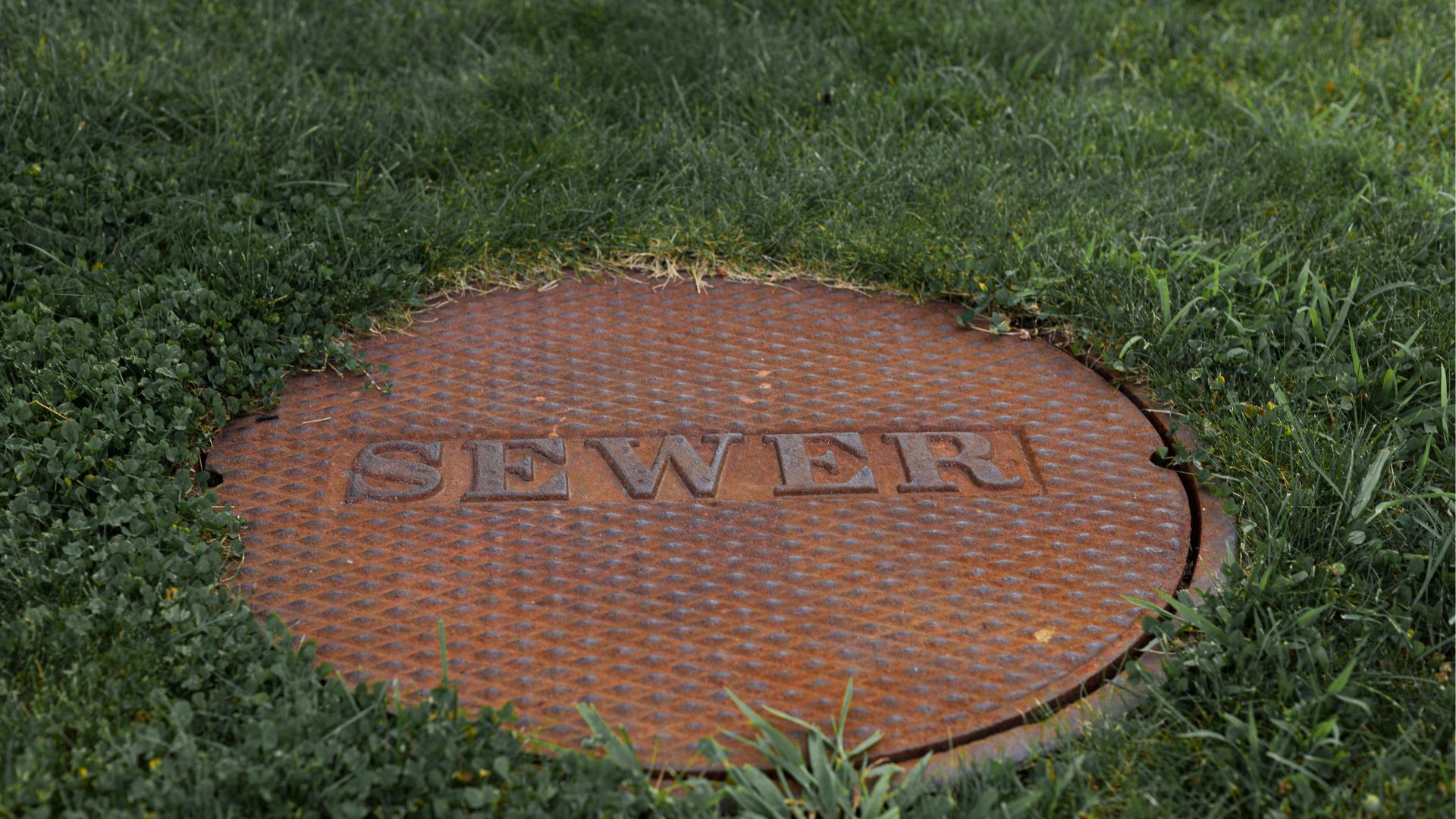
Identify the Source of the Backup
The first step in handling a sewer backup emergency is identifying where the backup originates. This will help determine the cause and guide your next steps.
Check the lowest drains in your home first, such as those in the basement or lowest bathroom. Observe floor drains for anomalies to see if sewage is backing up from damaged sewer pipes there. Then, trace the lines backward to pinpoint the likely source.
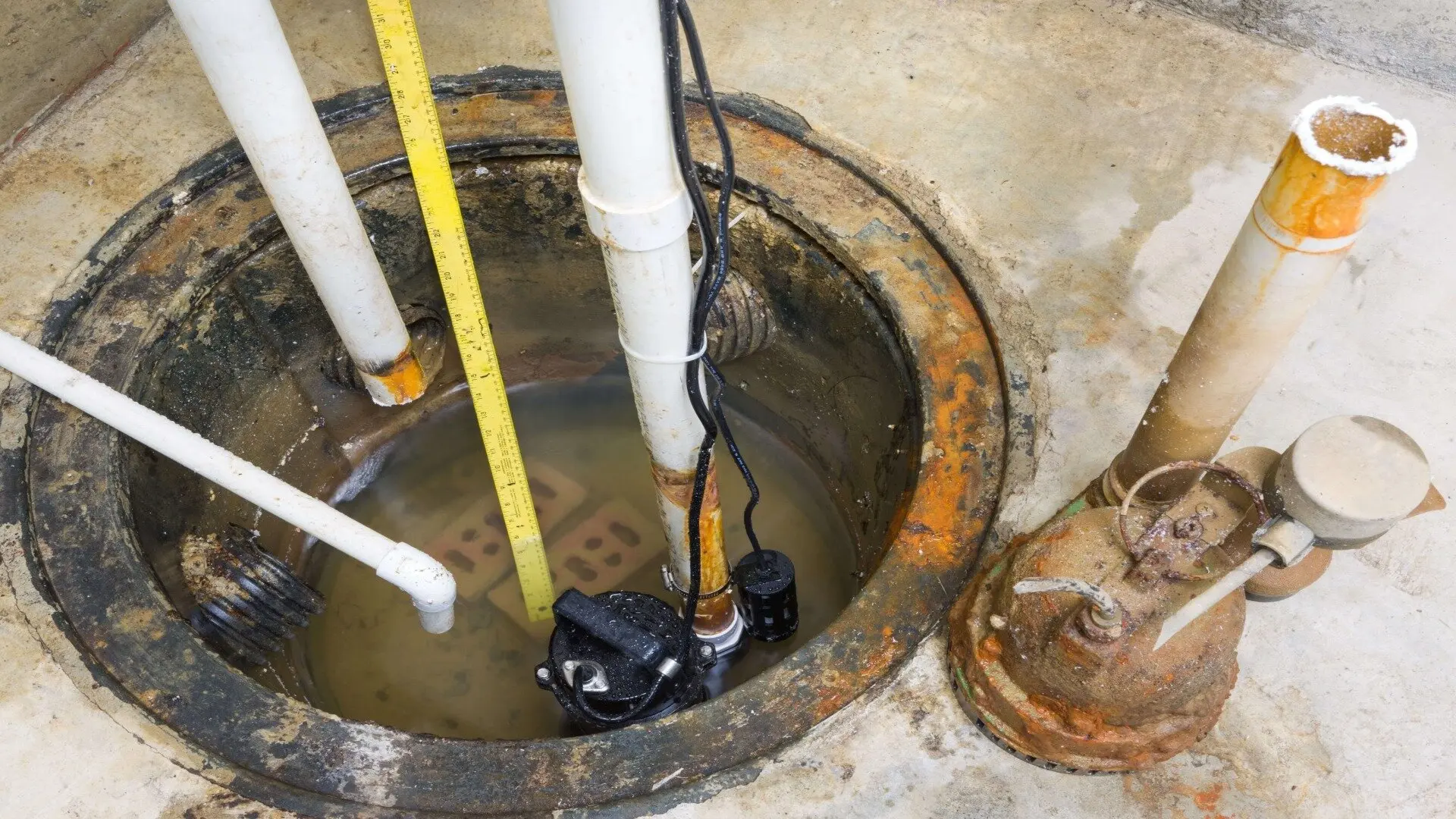
Common causes of backups include tree roots growing into sewer lines, debris or blockages, home plumbing issues such as drain clogs, or problems further up the sewer main. If the backup seems isolated to your home’s plumbing, inspect cleanout access points and drain baskets or traps for obstructions. Snake drains as needed to clear any blockages you discover.
The blockage may be located outside your property’s main sewer line for issues outside your home. Contact your municipal sewer systems department department to report the problem and request an investigation of the main.
Remove Valuable Items and Turn Off Utilities
Once you’ve identified the backup source, the next crucial step is to remove valuable items and turn off utilities to prevent further damage or hazards. Start by moving irreplaceable or expensive possessions from the affected areas to higher, drier locations to save them from sewage water. This includes electronics, documents, furnishings and more.
With items secured, notice standing water and promptly shut off the water supply to prevent further damage. This will further stop water from entering your home and aggravate the backup situation.
Additionally, shut off electricity at the main breaker or fuse box if standing water is present. Only enter flooded areas once power is fully disconnected to avoid electrocution risks.
Vacate the areas as needed and isolate them with barriers like towels under doors. Open windows to improve ventilation as you begin cleanup work. Removing belongings and switching off utilities limits risks while you work on cleanup and repairs. Only resume the use of affected areas once thoroughly disinfected.
Contact a Professional Plumber or Cleanup Crew
Now that you’ve identified the source and secured your home, it’s time to contact plumbing companies and the appropriate professionals to handle the water and sewage cleanup and repairs.
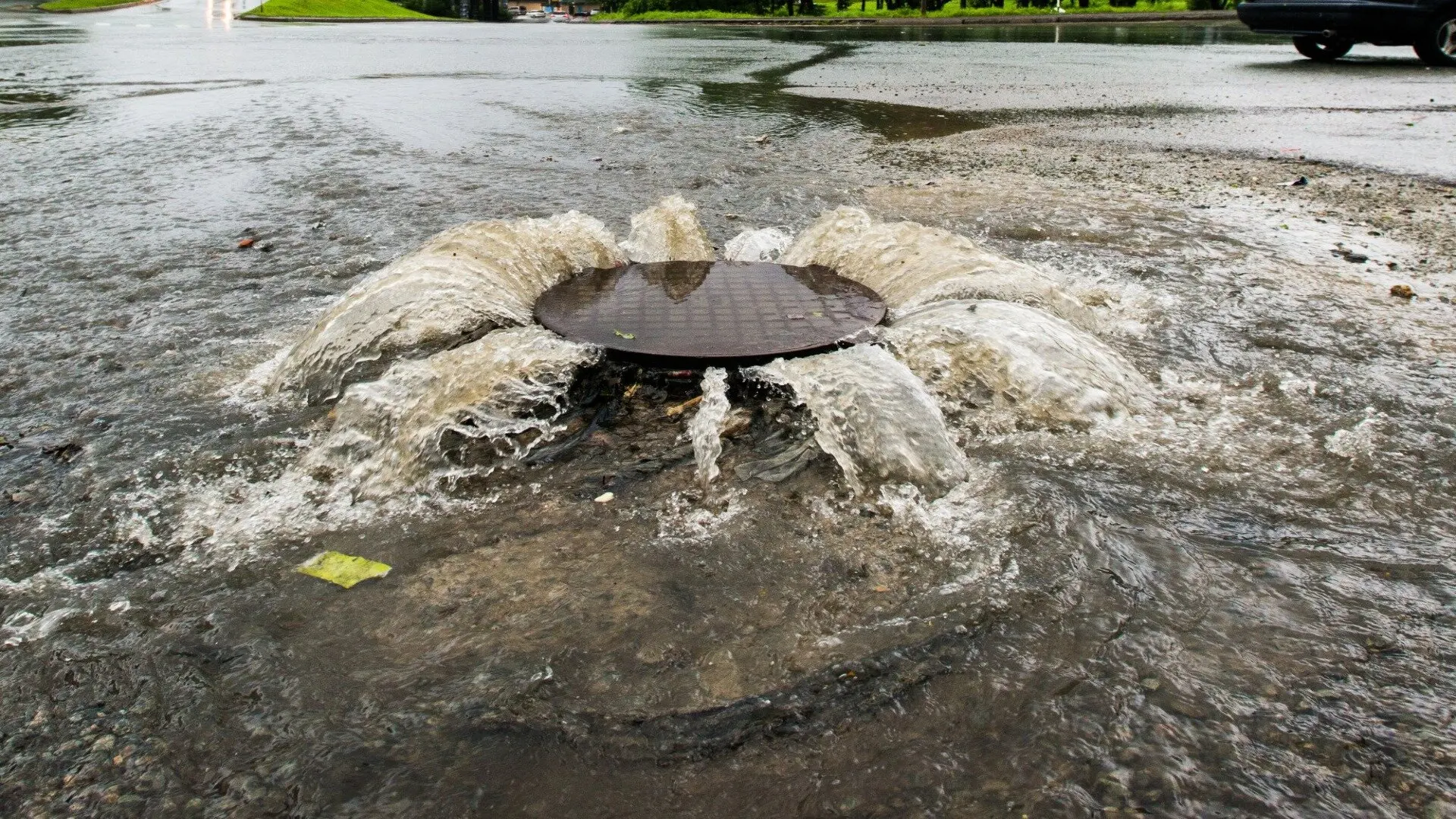
Contact a licenced plumber for backups originating from issues like a full septic tank in your home’s septic system pipes. Explain what you’ve discovered about the backup source, such as a drain clog.
Plumbers have the skills and specialised equipment to inspect your sewer pipe and drainage system and perform any necessary snaking, repairs, or upgrades to fix the problem.
If the blockage is located within the municipal sewer main, contact your local sewage department to report the issue and request their assistance in investigating and resolving it.
No matter the cause, professional sewer cleanup crews should also be engaged to remove sewage water and properly disinfect affected areas. Do not attempt this work yourself due to health hazards from pathogenic bacteria and viruses present. Cleanup crews have proper training and gear to extract water and saturated materials safely.
Hiring experts ensures the backup source is fully addressed by qualified personnel. It also protects your health and safety when handling hazardous sewage during cleanup.
Protect Yourself and Others from Contact with Sewage
When dealing with a sewer backup, protecting yourself and others from direct contact with human waste is critical for health and safety reasons. Pathogens in sewage can cause infections or disease if precautions are not followed.
Wear impermeable gloves, boots, and other protective clothing that completely covers your skin when working in an affected area. Avoid skin contact at all times.
Use an N95 mask respirator rated for sewage work to prevent inhalation of airborne bacteria or viruses. Respiratory protection is essential for cleanup tasks where sewage may be aerosolised, such as when using hoses or vacuums.
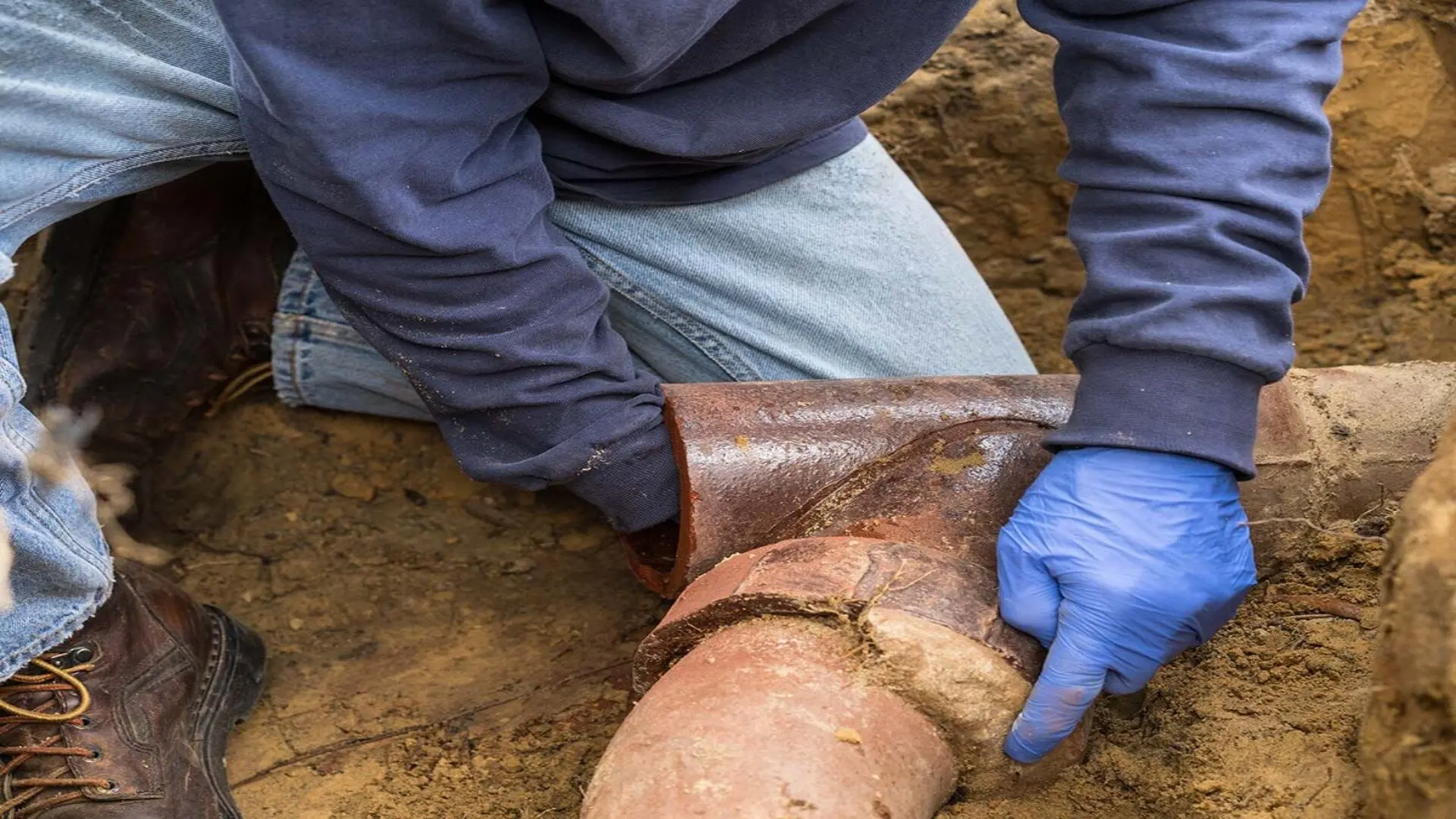
Protective eyewear, like goggles, should be worn if there is a significant splash or spray risk. Thoroughly wash any exposed skin with soap and disinfected water after cleaning tasks. Once fully disinfected, only let children or pets access contaminated spaces with proper supervision. Advise other household members to limit contact and wash hands frequently.
Use Proper Tools and Safety Equipment
When tackling a sewer backup, it’s important to utilise the tools and safety equipment to do the job safely and effectively. Rushing cleanup can lead to proper handling of sewage if done carefully.
Use wet or dry vacuums or submersible sump pumps specifically rated for sewage use to remove standing sewage water. Avoid spreading contaminated water further with brooms or rakes.
Opt for non-sparking tools since sewer gases can be flammable. This means no drilling, sawing or use of exposed flames until gases dissipate.
Invest in abrasion-resistant gloves, boots, and coveralls designated specifically for sewage work. Nitrile gloves are preferable to latex for strength and puncture resistance. Have absorbent materials like clay-based kitty litter or absorbent socks on hand for soaking up extra liquids that cannot be vacuumed.
Disinfect tools and reusable PPE after each use to kill pathogens. Proper equipment ensures work areas can be promptly and thoroughly cleaned without spreading contamination or endangering your health. Taking protective measures pays off for safety.
Disinfect All Affected Areas Thoroughly
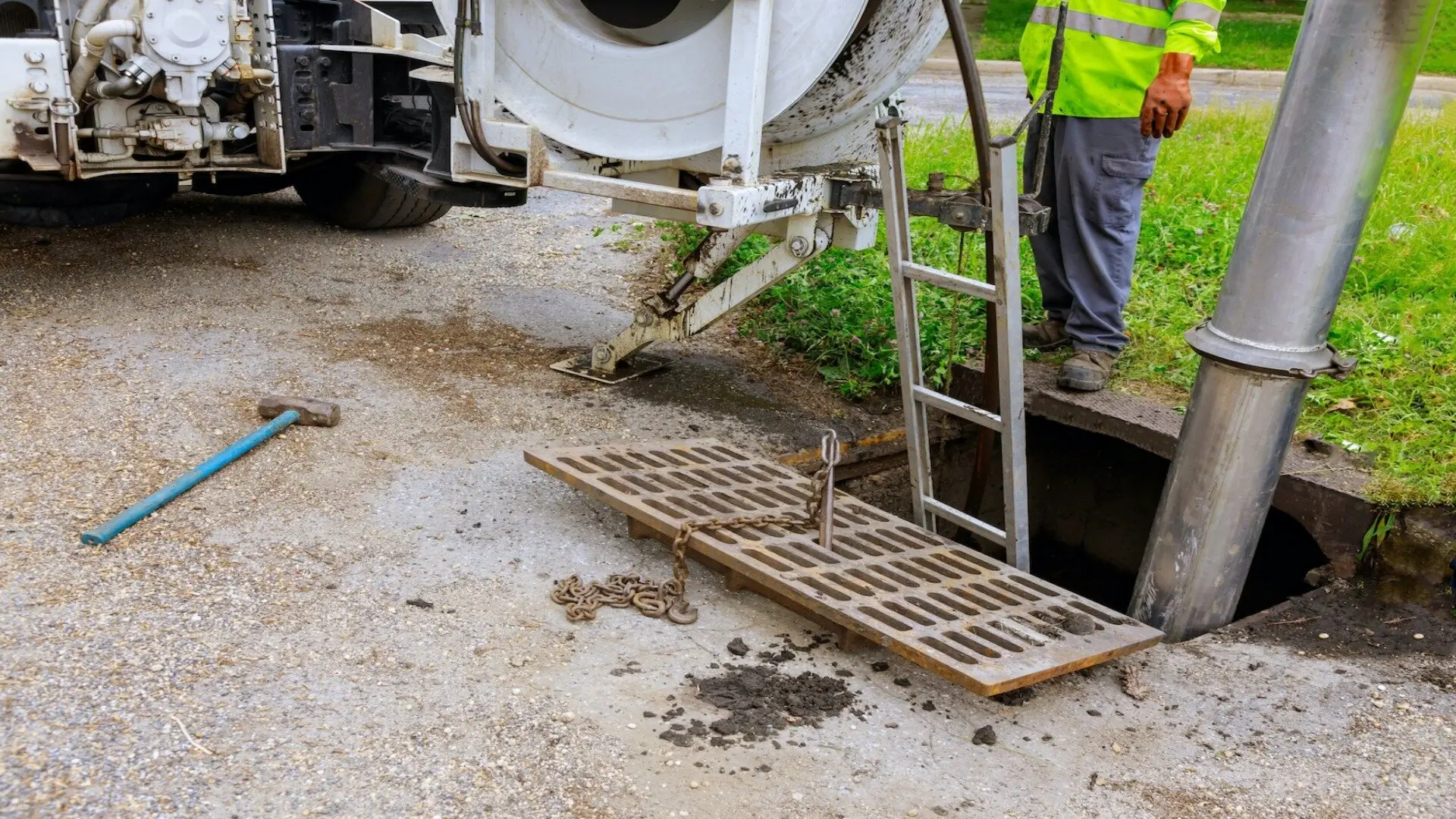
Thorough disinfection of all impacted areas is essential after a sewer backup to eliminate lingering bacteria and viruses that pose health risks. When a backup happens, more than standard cleaning is required. Use a registered disinfectant designed to kill pathogens in sewage and wastewater. Follow label instructions exactly for the required contact time and concentration.
Focus disinfection on surfaces and items exposed to sewage, such as floors, walls, furniture, personal belongings, etc. Porous materials like carpets may need to be discarded if saturation occurs. Be sure to disinfect hard-to-reach areas like cracks, crevices, drains and ventilation systems. The areas sewage touched must be treated.
Leave disinfectant on surfaces for the full contact time recommended before wiping away with clean cloths. Run dehumidifiers and fans to speed drying and promote air circulation, which aids disinfection.
Multiple wash and disinfect cycles may be necessary for heavily contaminated items. Thorough disinfection eliminates health hazards and allows safe reoccupation once complete. It is a critical step to prevent disease from sewage contact during cleanup.
Consider Backup Prevention Measures Going Forward
When handling a sewer backup emergency, it’s important to consider preventative measures to avoid future incidents. Once cleanup is complete, have your sewer lines professionally inspected and cleaned if needed, especially if roots or debris were found to be the cause of the initial backup.
Installing a backwater valve or sewer backup prevention device where your home’s piping enters the sewer main can help prevent wastewater from flowing back into your house. It’s also wise to Ensure your plumbing system has proper drainage slopes away from your foundation and avoids draining sump pumps into sewer lines.
Be mindful of what you flush down your drain lines, as fats, grease, and other problematic items can gradually lead to clogs in pipes over time. Speak to your municipality about implementing inflow and infiltration prevention programmes on the main sewer lines near your home.
If your basement tends to flood, think about installing permanent sump pump systems and perimeter drainage solutions. Being proactive can save you from costly and troublesome sewer backups in the future.
Document Damage And Begin Repair or Replacement Process
Once the immediate cleanup of a sewer backup is complete, it is important to thoroughly document any damage caused by the incident before beginning the repair or replacement process. Take detailed notes and photographs of all affected areas, furnishings, and possessions.
Note any items that need to be repaired or replaced due to contamination. This documentation is crucial for making an insurance claim to help cover costs or to pursue reimbursement from your municipality if a problem in the main sewer line caused the backup.
With documentation in hand, you can get quotes from contractors for repairs such as drywall replacement, flooring restoration, or structural elements like wood floors or foundations.
Your documentation supports getting the repairs and replacements needed to restore your home or business back to its pre-backup condition as quickly as possible. Be sure to communicate regularly with your insurance provider or municipality during the whole repair process as well.
Know When to Evacuate for Health and Safety Reasons
In some serious sewer backup situations, evacuating the affected area of the home or even the entire house may be necessary for health and safety reasons. If sewage has risen above floor level or there is no way to effectively isolate and ventilate contaminated spaces, lingering bacteria and gas risks could warrant temporary relocation.
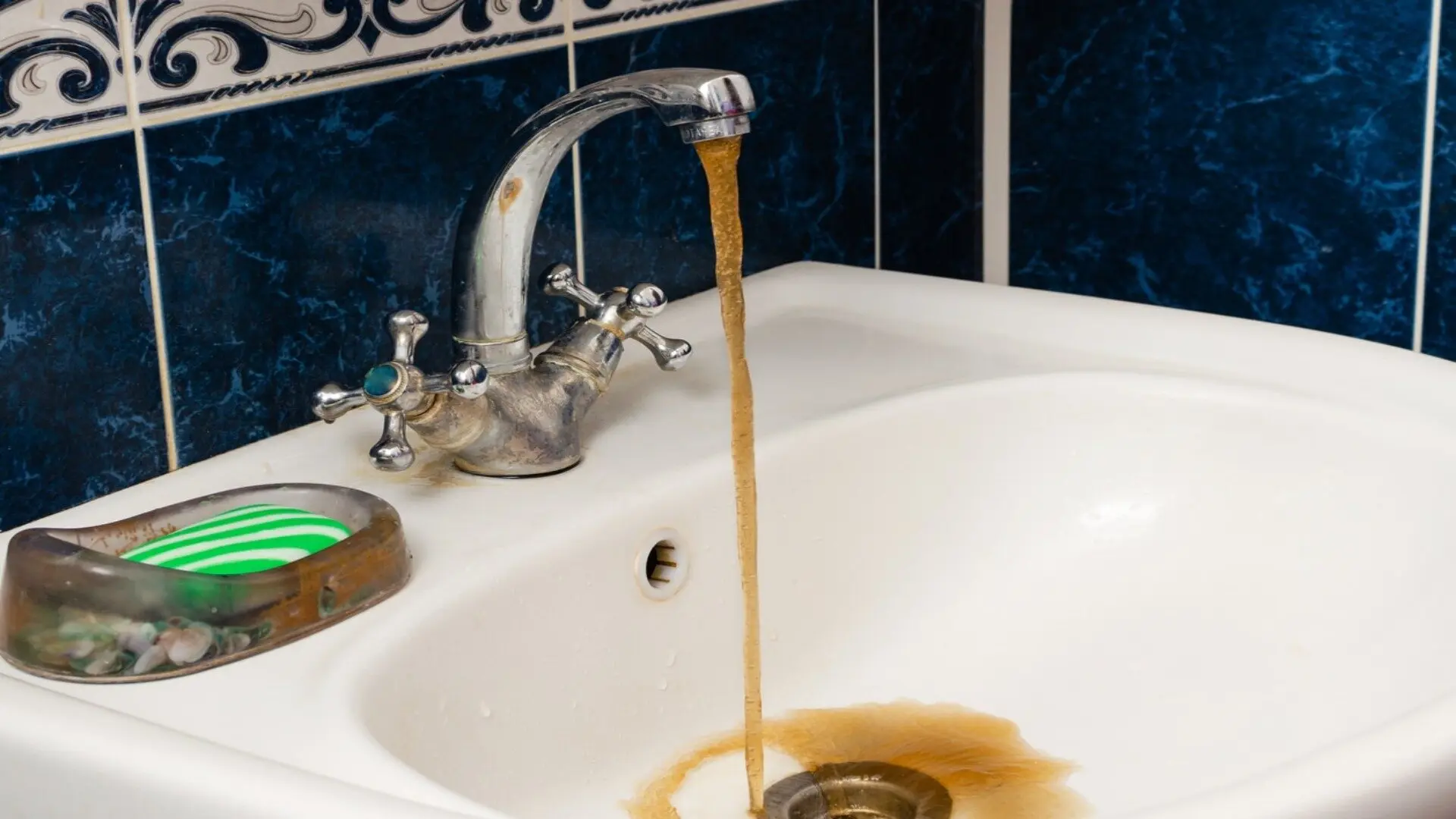
Another evacuation trigger is severe structural damage or instability from flooding. Listen to advice from cleanup professionals on whether it’s advisable to stay elsewhere until remediation is complete.
Pay attention to how you feel physically; if respiratory issues or other symptoms develop, prioritise removing yourself and family members from the property.
In situations where evacuating completely is the only way to guarantee health protection, coordinate with local authorities, property managers or tenants to help with short-term lodging. Safety should take priority over salvaging possessions when sewage backups pose risks of hazardous exposures.
Handle Insurance Claims and Get Necessary Support
When recovering from water damage caused by a sewer backup, it is important to handle insurance claims and obtain any necessary support. Contact your homeowner’s or renter’s insurance provider as soon as possible to report the loss and file a claim.
Provide all documentation gathered on damage, losses, cleanup, and repair costs. Cooperate fully with any insurer requests for additional information, reports, or contractor estimates.
Depending on coverage limits, your policy may cover costs associated with rebuilding the damaged property, supplemental living expenses if displaced, and loss of personal belongings. If the backup was caused by issues outside your control on main sewer lines, also explore reimbursement options through your municipality.
Contact them about assistance programmes as well. If the impacts are severe, seek disaster relief through charities. Getting support through approved claims and programmes alleviates much of the financial strain and allows life to return to normal faster after such disruptive events.
Your Go-To Guide for Responding to Sewer Backup Emergencies
Handling a sewer backup emergency requires promptly identifying the source, securing your safety, thoroughly cleaning and disinfecting affected areas, and documenting all costs incurred. Consulting expert plumbing and cleanup professionals is key for health reasons and to properly solving the problem at its source.
At Big Blue Plumbing, we are fully licenced and insured to handle all aspects of sewer line inspections, including attending to a burst pipe, repairs and remediation. Our team has extensive experience responding to sewer backup issues safely and efficiently.
If you experience a sewer backup, an emergency plumber should be. Don’t hesitate to call our phone number right away. We’ll work quickly to determine the cause and take care of the cleanup so you can focus on important tasks like filing your insurance claim. Be sure to contact us at Big Blue Plumbing the next time a sewer line issue arises - our experts are here to help you 24/7.



